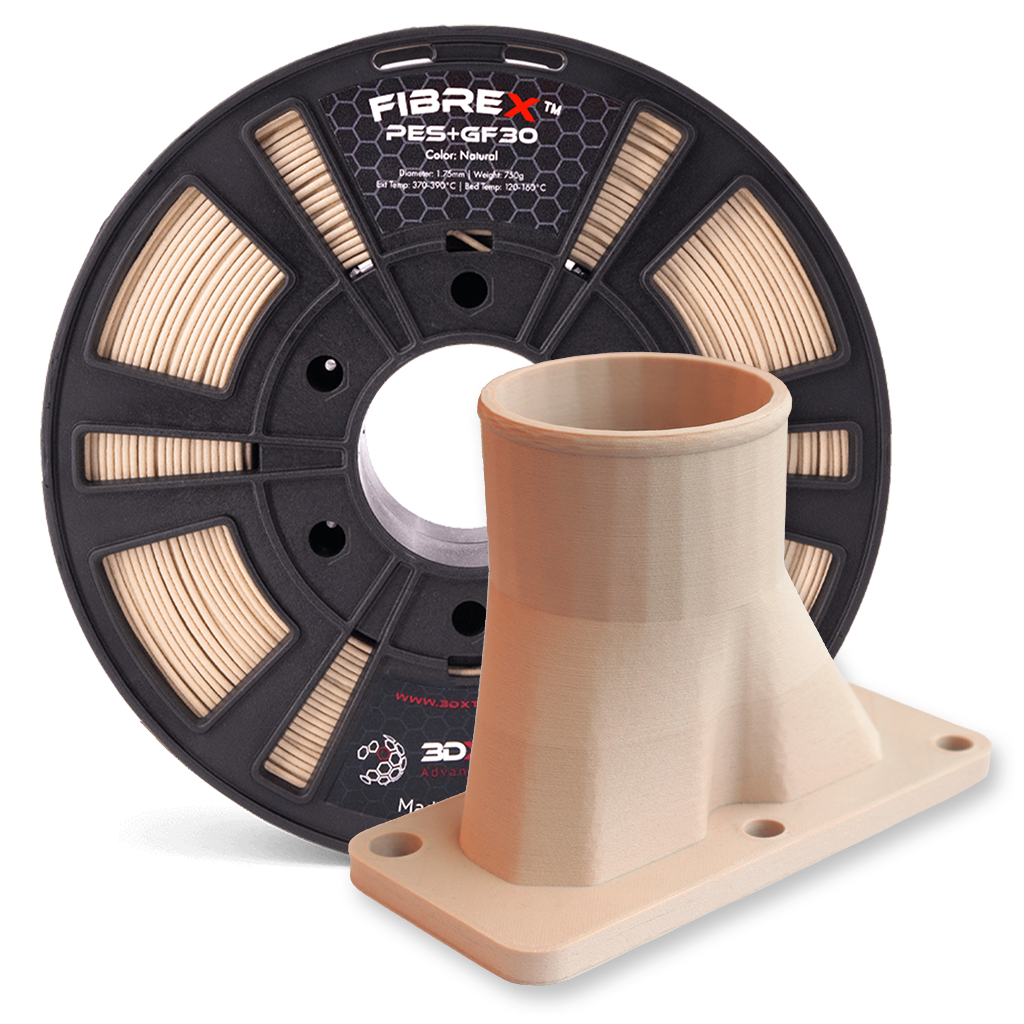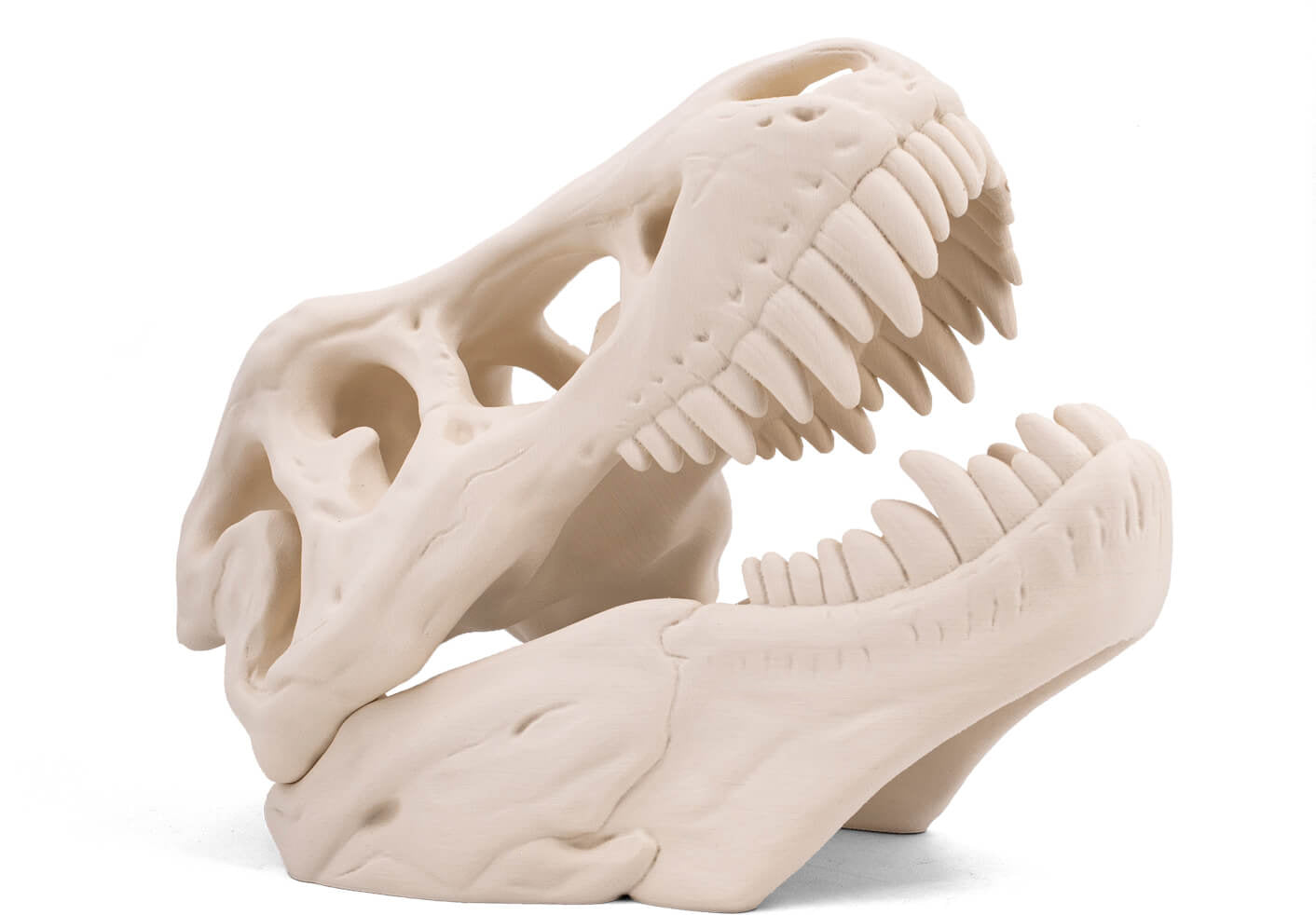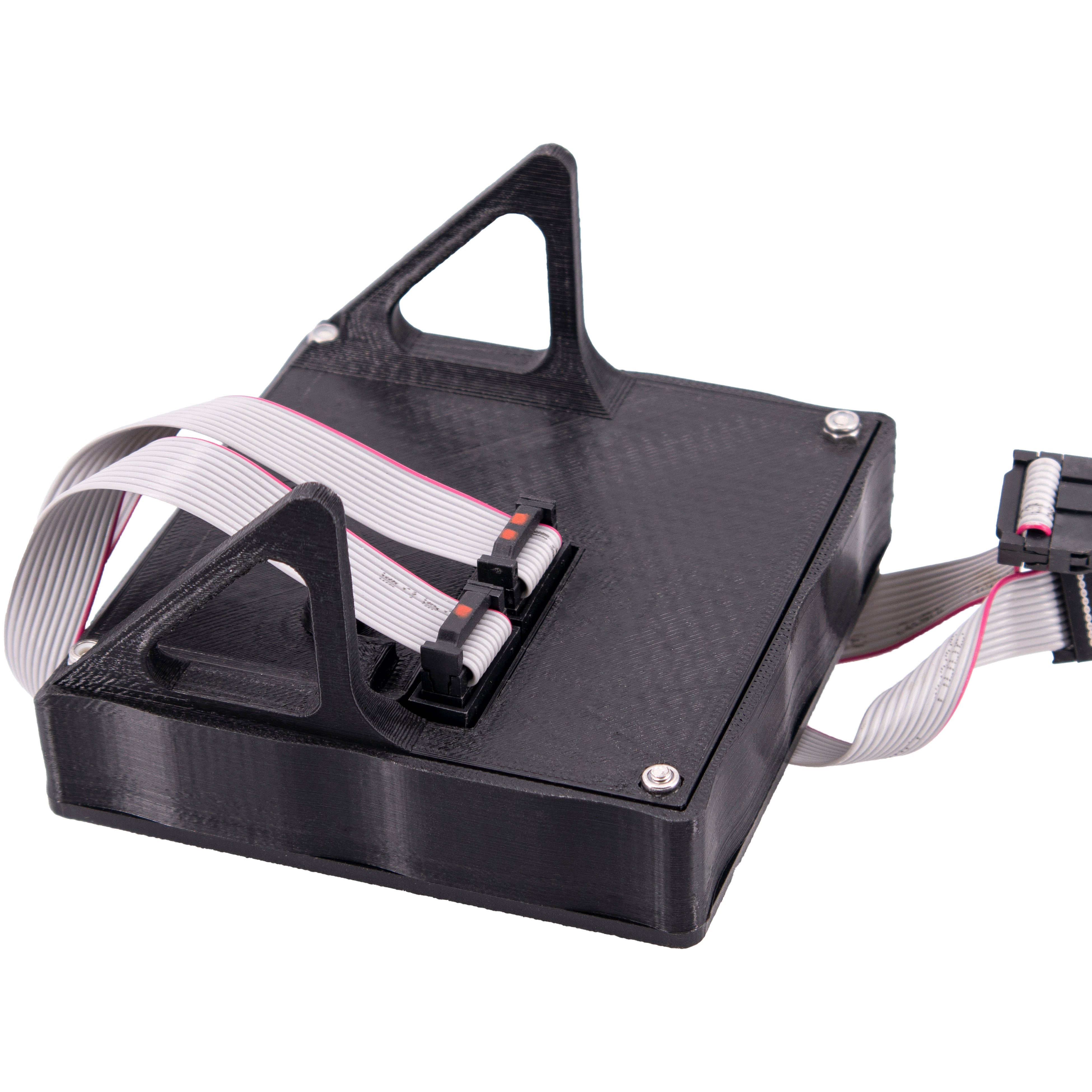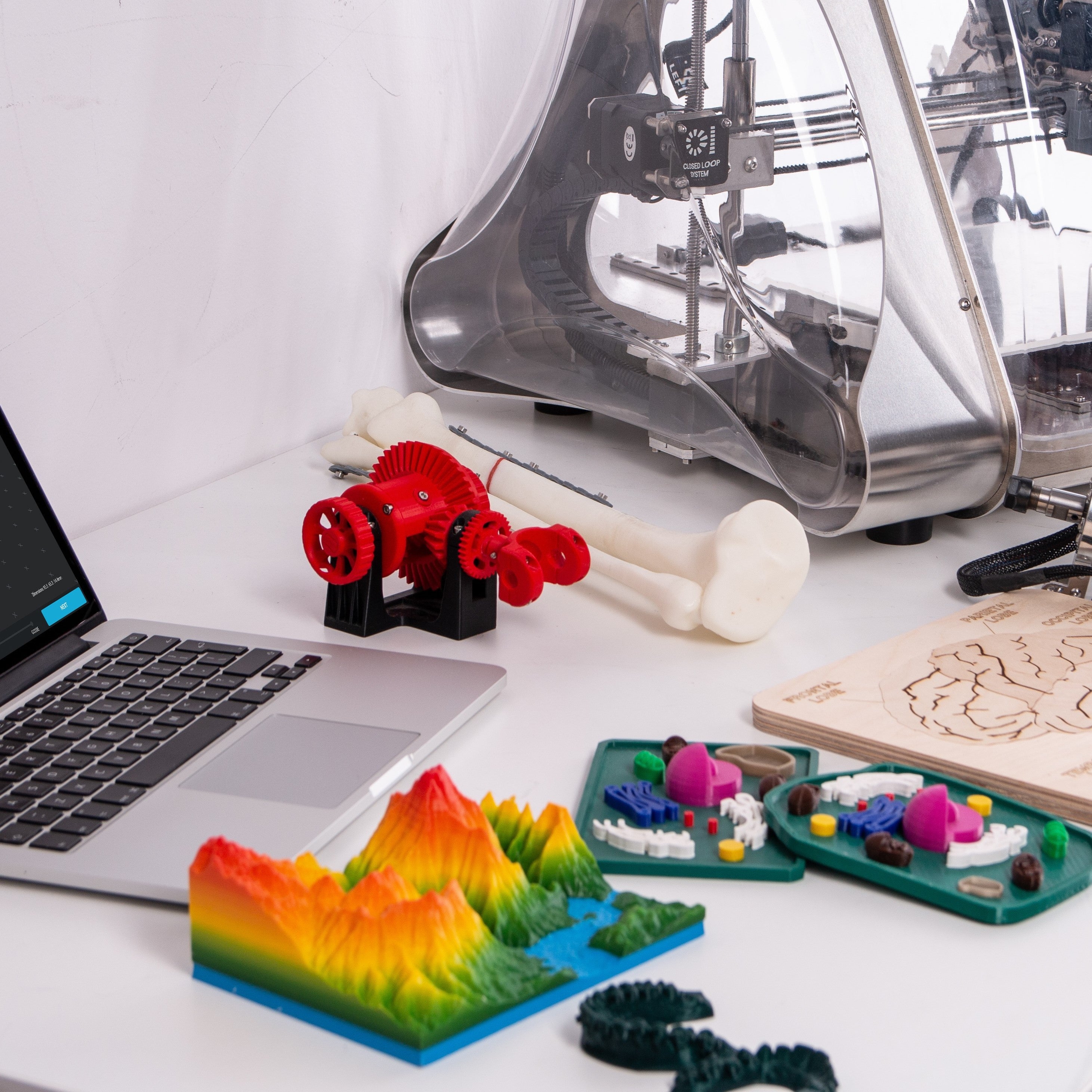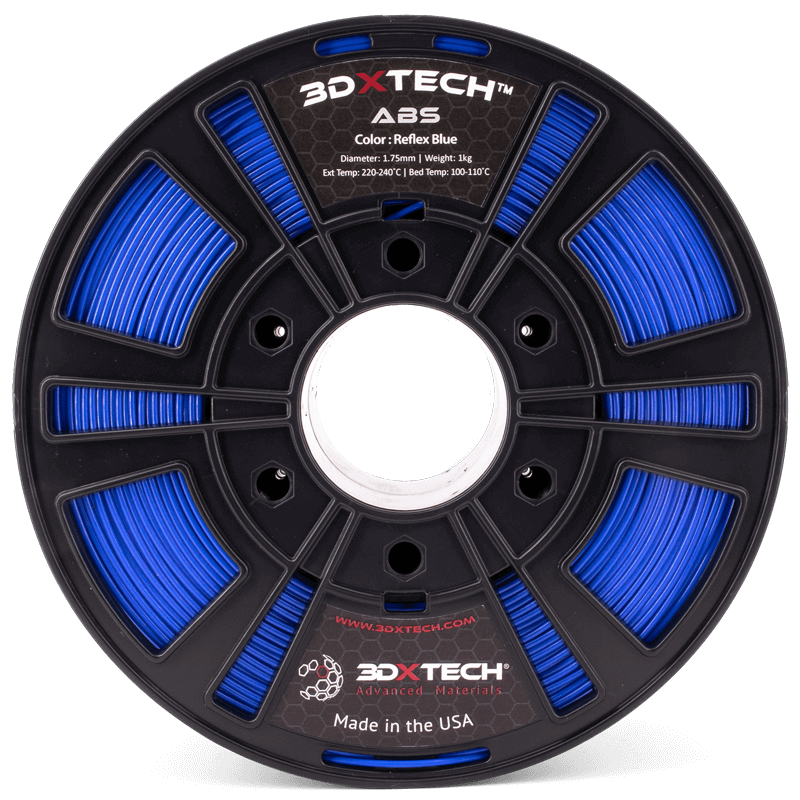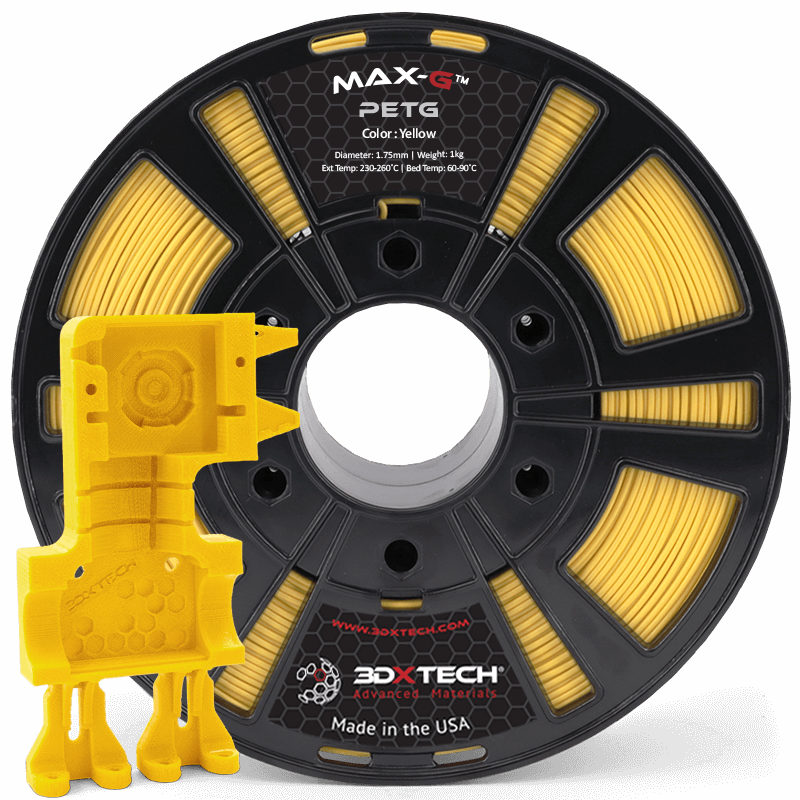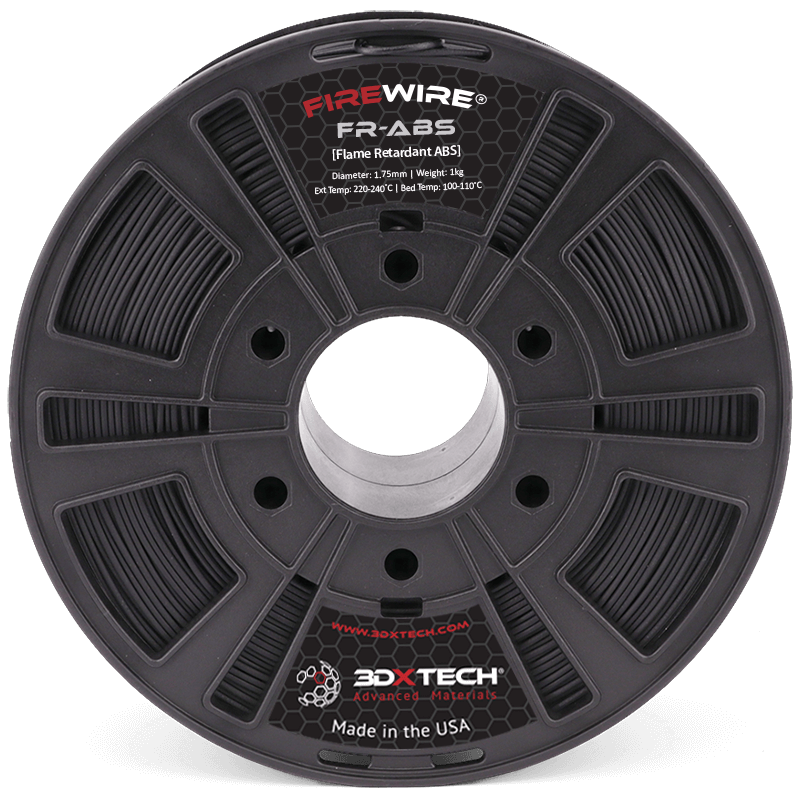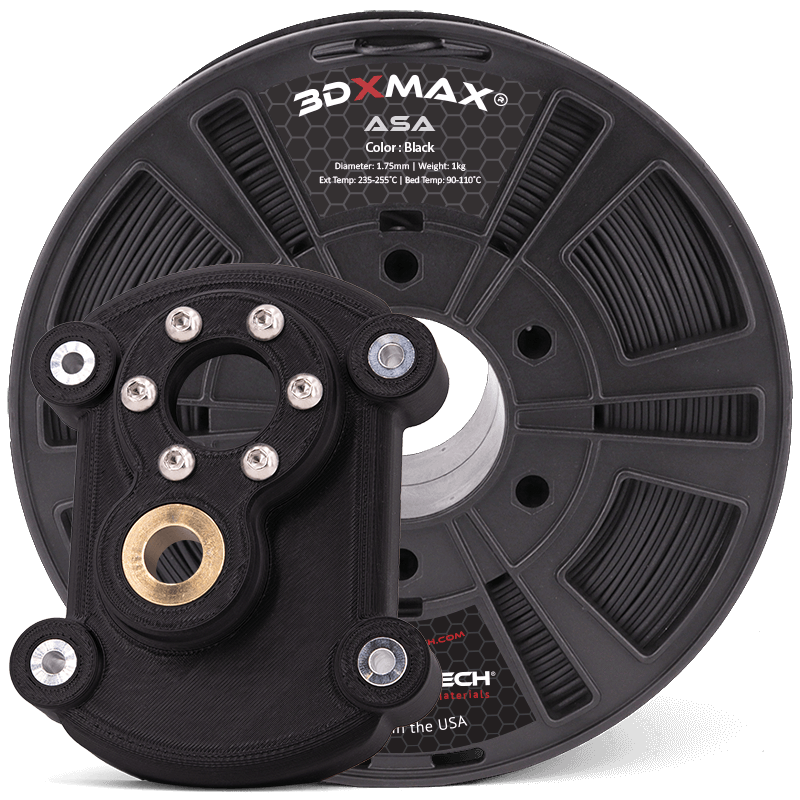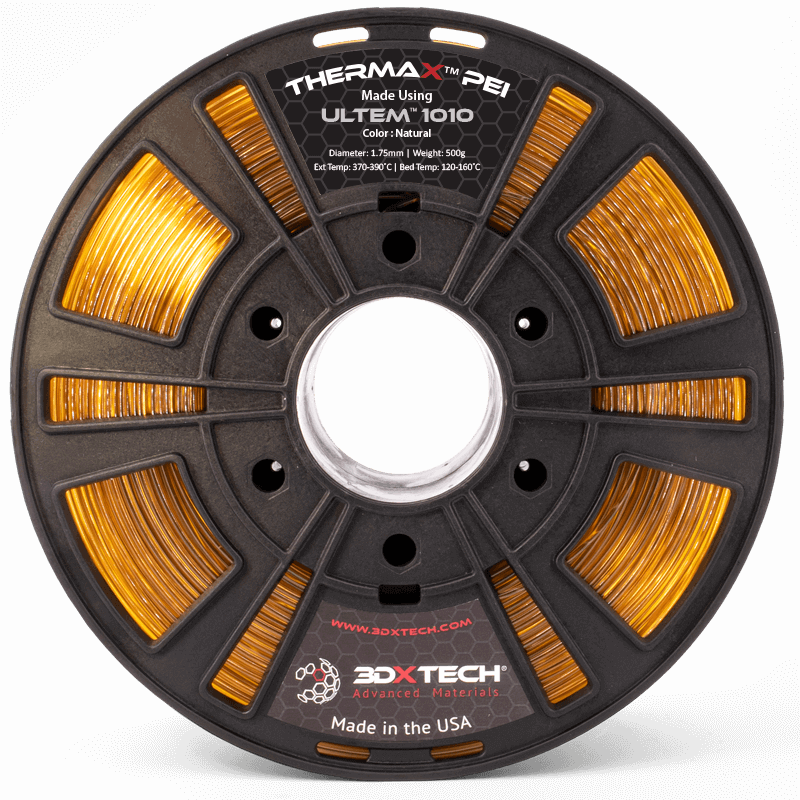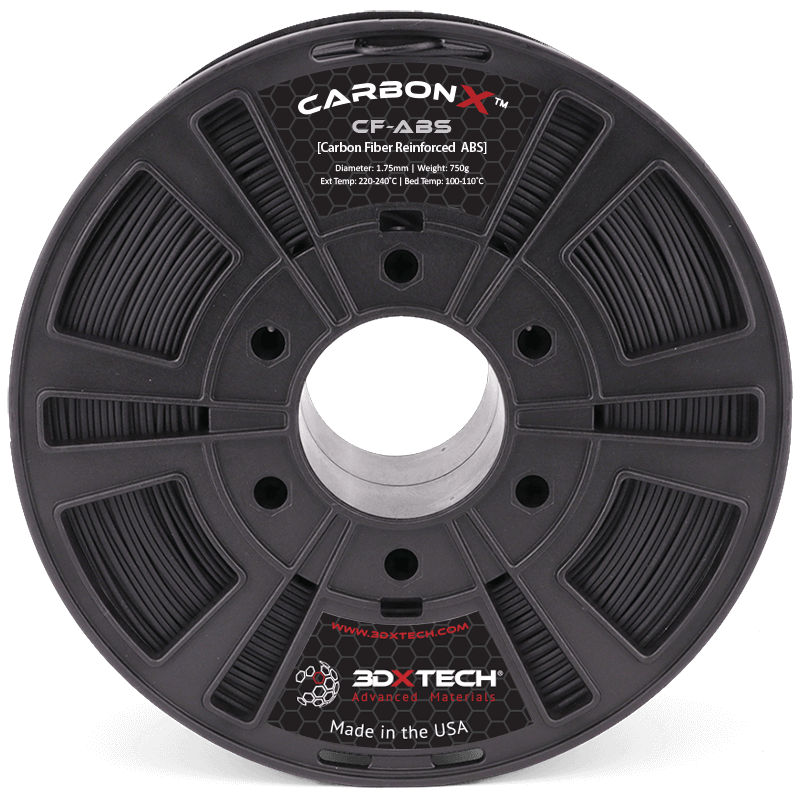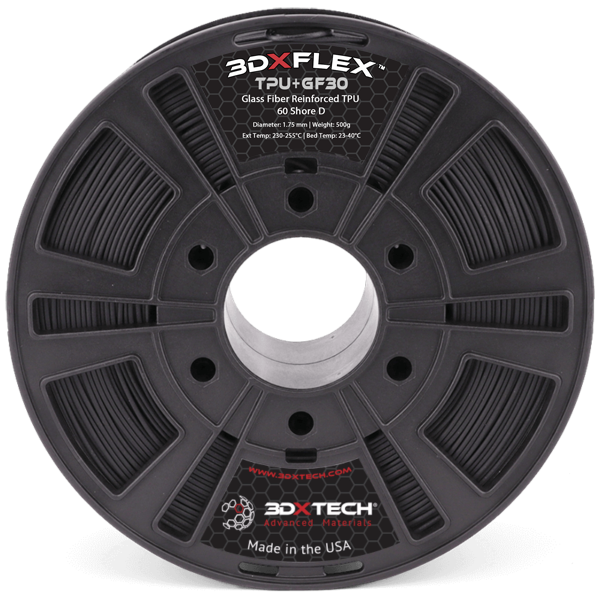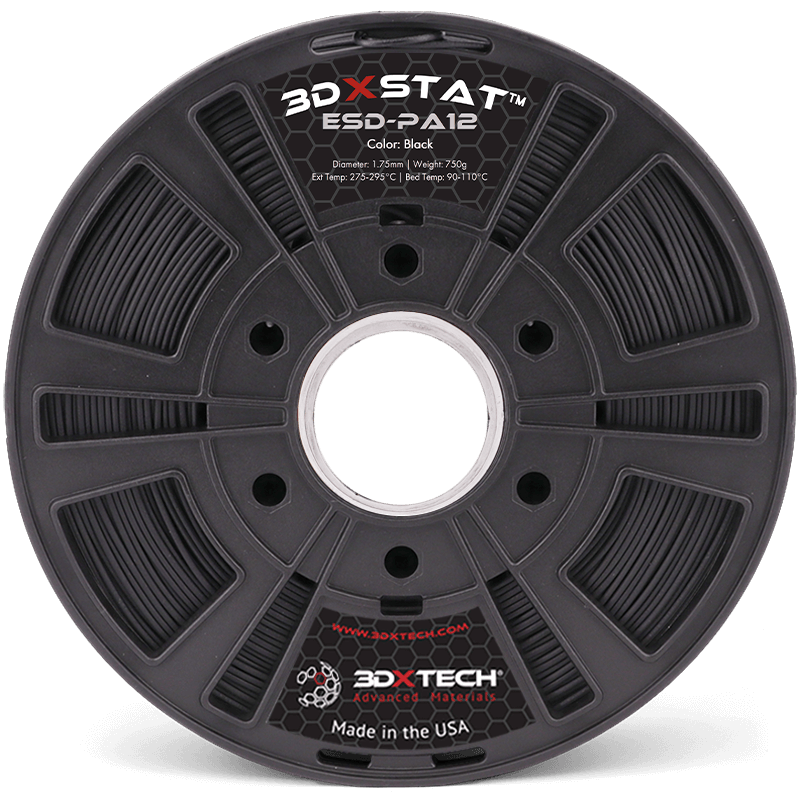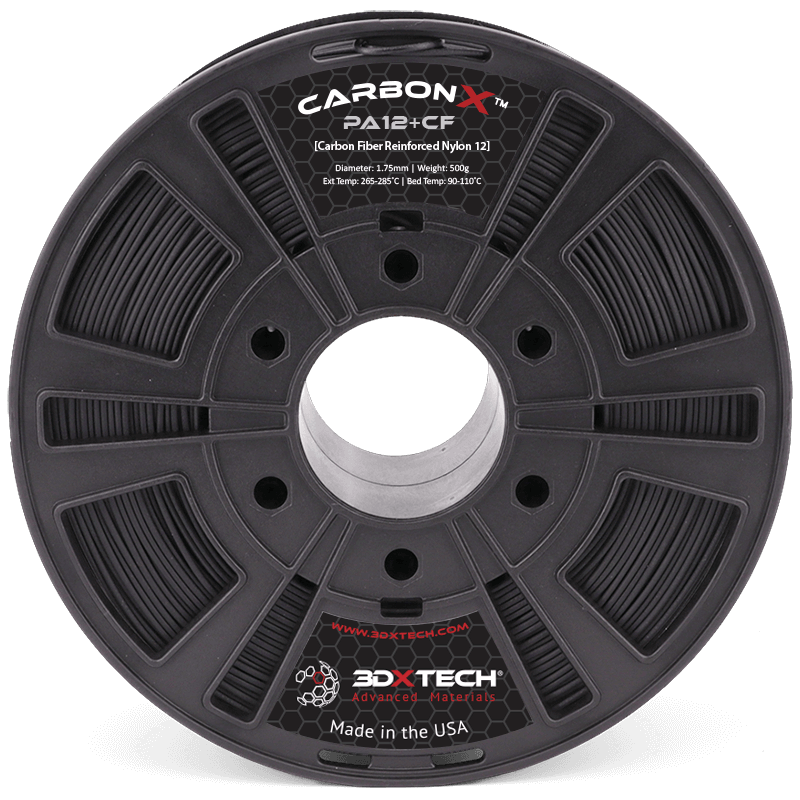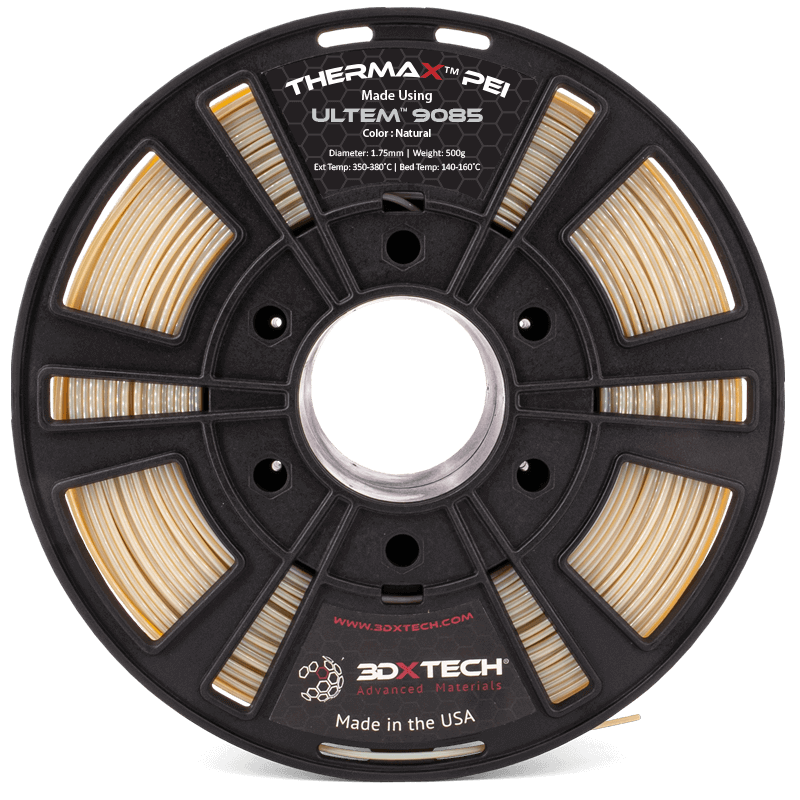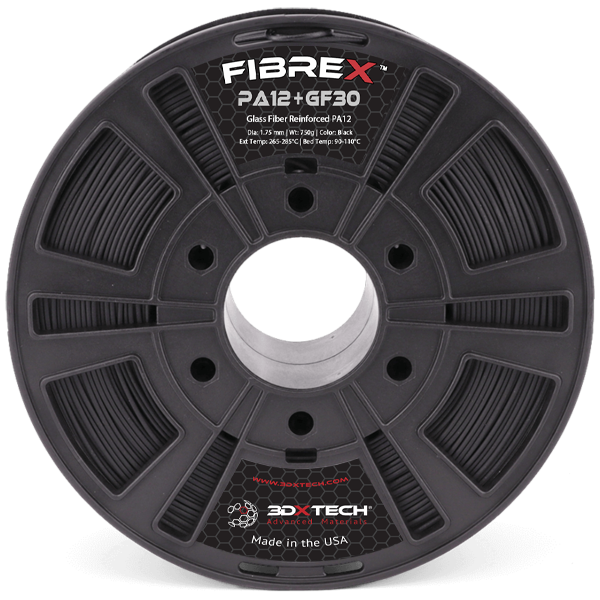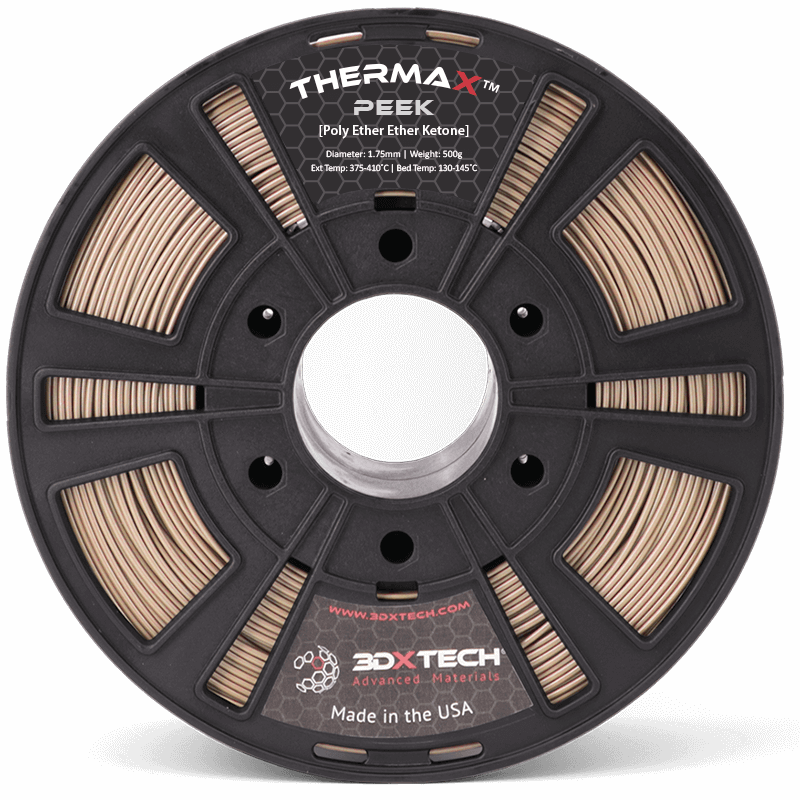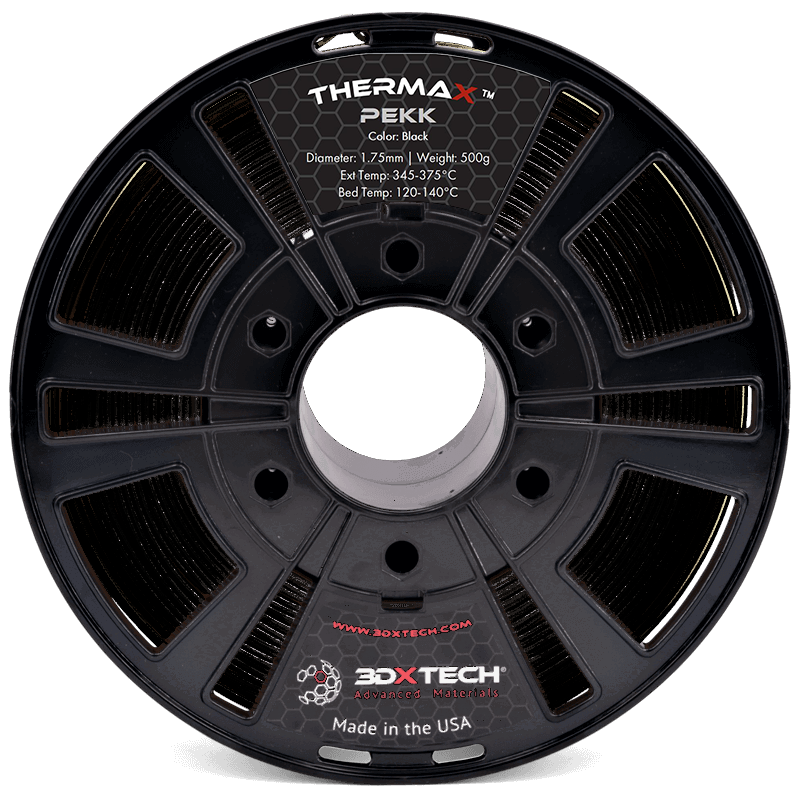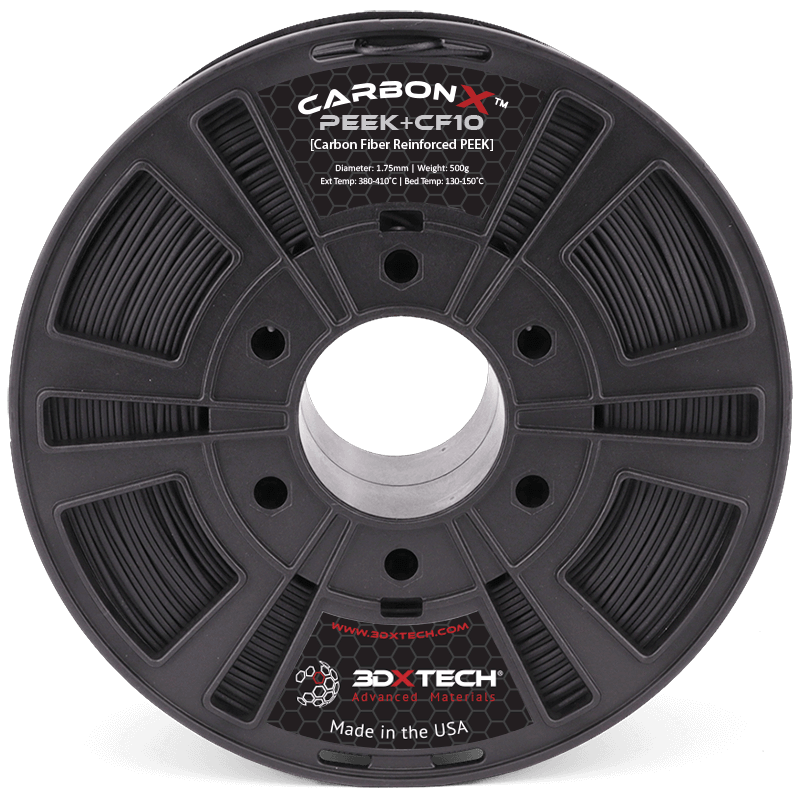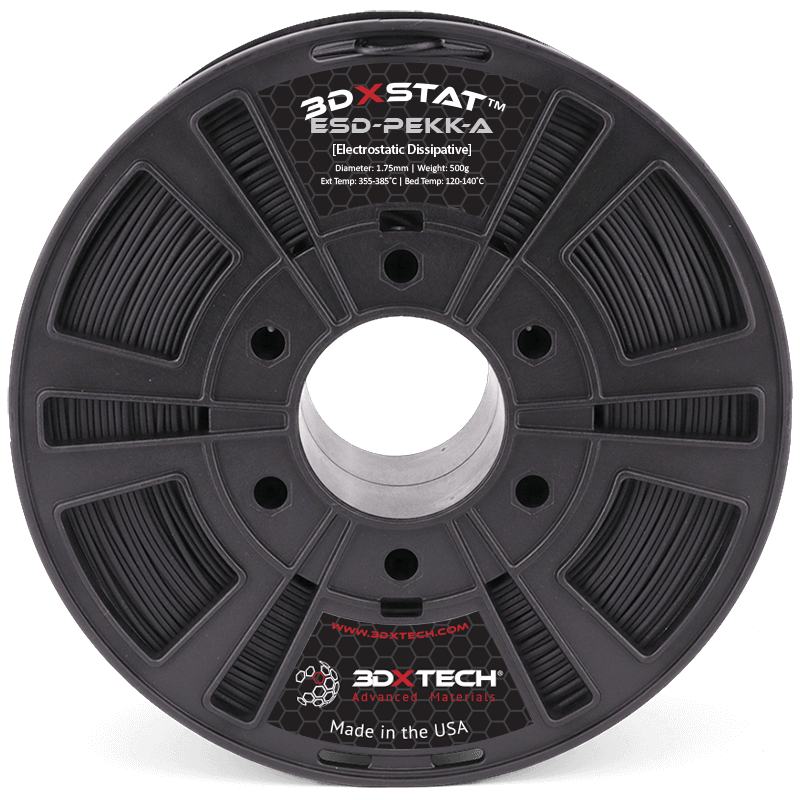SimuBone Filament
SimuBone Bone Modeling Filament allows you to print realistic bone models for clinical and educational use. Our formulation is based on easy to print PLA coupled with specialty additives that gives your part the look and feel of real bone. Our filament is easy to print on practically any 3D printer.
Shop Now
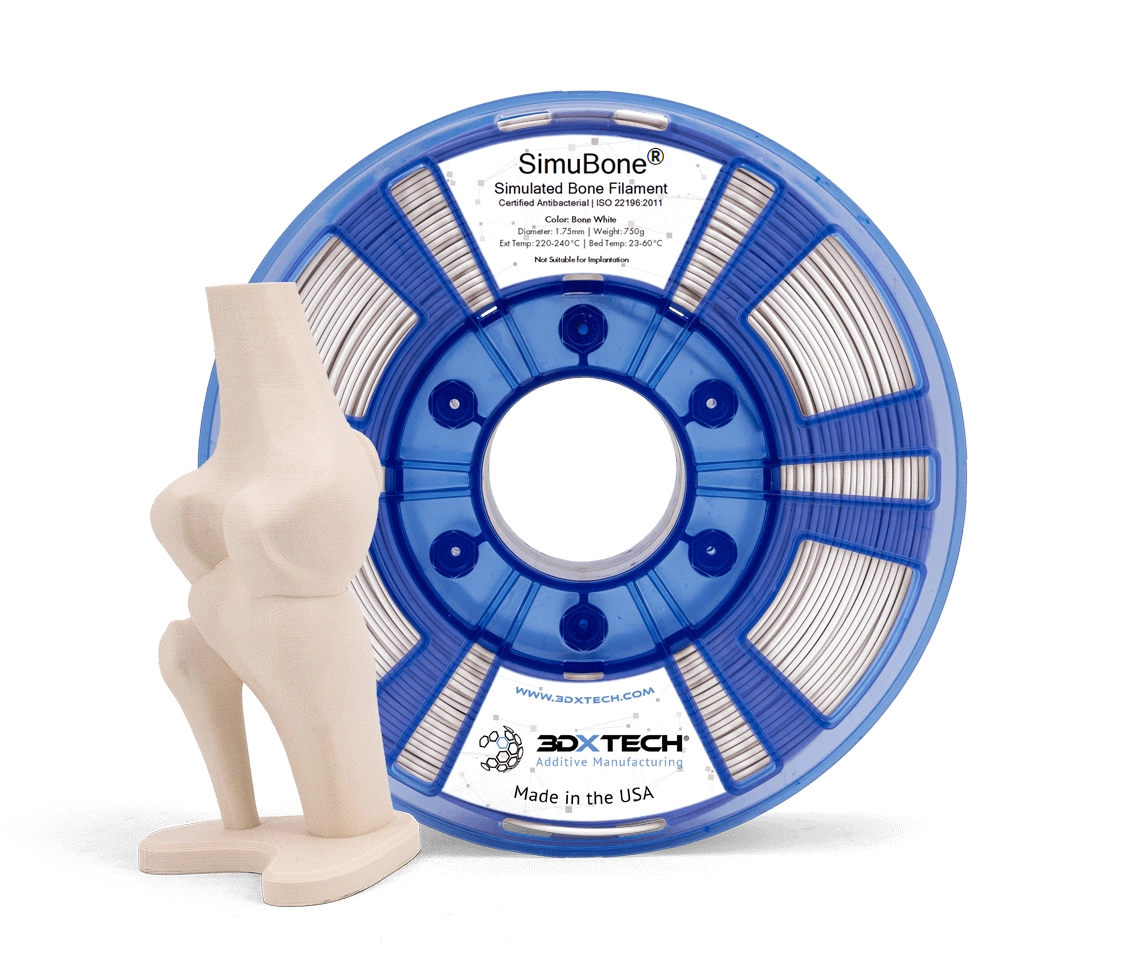
General Purpose Filament
More affordable filaments that are made to work on practically any 3D printer. These filaments are great for creating prototypes, models, and learning 3D printing.
Shop Now
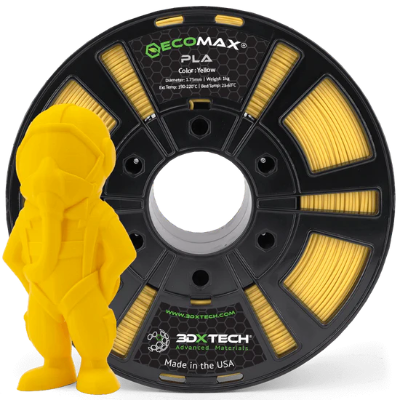
Carbon Fiber Filament
Carbon fiber 3D printing materials offer superior strength, stiffness, and durability, making them ideal for high-performance components across industries like aerospace, defense, and automotive. Their lightweight nature and resistance to wear and heat enhance performance and efficiency in sectors ranging from manufacturing to medical and oil and gas.
Shop Now
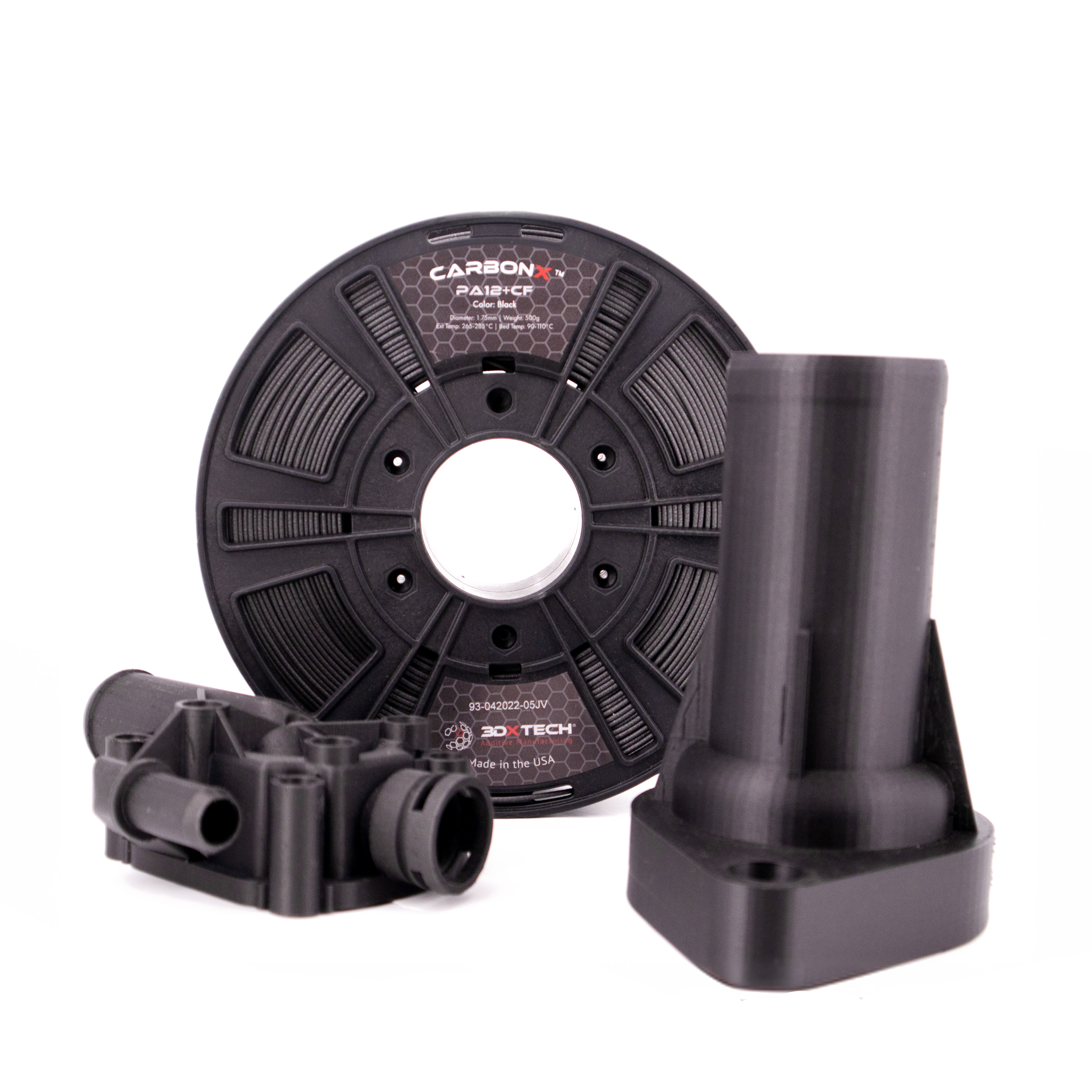
Glass Fiber Filaments
Glass fiber 3D printing materials offer enhanced strength, durability, and resistance to harsh conditions. They provide a cost-effective, lightweight alternative to carbon fiber, improving performance in aerospace, automotive, and medical applications.
Shop Now
